|
2’04”
|
“At Swamp City, 21st century luxury lifestyle coexist with a new hypernature”
Swamp City is a speculative story of a luxury eco-tourism retreat in the Florida Everglades, set in a near-future reality of severe climate disruption.
This project addresses at least two very complex issues: on one hand, the consequences of the transformation of what we consider as land habitable by humans; on the other, the potential and the risks of fictionalizing the future.
Regarding the former, natural geologic events like earthquakes or volcanic eruptions modify the shape of territories. However, those are just exceptions in the current transformations of the surfaces of the planet. Human technologically-mediated actions increasingly accelerate or provoke changes in the very notion of what we consider as habitable space. The exploration of seabeds, new land emerging under melting ice, desertified land, floods and erosion, large scale agricultural infrastructures, and so on. In this scenario old land disappears and new territories sometimes emerge, often according to novel colonial plans of extraction and occupation. But what kind of transformations could new notions of habitable space propel? How are old boundaries pierced and new boundaries set in the realm of political jurisdictions, social relationships, geopolitical tensions and even in the interplay between cultural and aesthetic forces (aesthetics as in related to multiple sensorial apparatuses)? Who has agency and a say in these transformations?
Swamp City takes on the issue of speculative fiction, too. Blurring facts and fiction covers a range of possible narrative strategies that span over a vast spectrum of possibilities, from sheer manipulation to imaginative solutions that are based on marginalized voices. The history of these techniques in art and activism shows that one of the key factors in the equation is the management of disbelief, plausibility, and reactions. In other words, what’s the story surrounding the story? What’s the story contributing to unearth and disclose? Whose power is it challenging?

|
|
4’36”
|
“Places like swamps that are ecotones, a word for where two different biomes intersect”
An ecotone is “a transitional area of vegetation between two different plant communities, such as forest and grassland. It has some of the characteristics of each bordering biological community and often contains species not found in the overlapping communities. An ecotone may exist along a broad belt or in a small pocket, such as a forest clearing, where two local communities blend together. The influence of the two bordering communities on each other is known as the edge effect. An ecotonal area often has a higher density of organisms of one species and a greater number of species than are found in either flanking community. Some organisms need a transitional area for activities such as courtship, nesting, or foraging for food.
“Ecotones also appear where one body of water meets another (e.g., estuaries and lagoons) or at the boundary between the water and the land (e.g., marshes). Freshwater and marine ecotones are characterized by the presence of large plants that rise from roots attached to the submerged substrate, and thus they occur in areas where ample light is available at the bottom of the basin to permit growth.”
Source: https://www.britannica.com/science/ecotone
|
|
07’34”
|
“I've actually been working on a project recently called Cones of Uncertainty”
“Developed as part of The New Real's 2023 AI Art Commission, Cones of Uncertainty explores our future relationship with emergent AI and the climate crisis, as these ‘superstorms’ evolve and mutate beyond our predictions. Conceived as a speculative news report that details the hurricane season of 2097, the video is narrated by a posthuman meteorologist that's powered by artificial superintelligence (ASI).”
Source: Cones of Uncertainty

|
|
11’53”
|
“...The so-called “shifting baseline” syndrome of the freakishness and deviousness and the weirdness in which these actual weather patterns are evolving”
In 1995 scientist Daniel Pauly named the tendency for a failure to recognise the magnitude of change in marine systems from one generation to the next as ‘shifting baseline syndrome’ (“Anecdotes and the shifting baseline syndrome of fisheries” in Trends in Ecology & Evolution, 10, 430).
This concept is usually considered as a basis for understanding how sustained environmental degradation can occur and, counter-intuitively, lead to reduced expectations and limited imagination about how planetary relations could function, today and in the future.
In the case of hurricane predictions and the “cones of uncertainty”, the ‘shifting baseline’ concept points not just to perception, but to the data baseline itself, that is the reference points and the models used to assess climatic phenomena with unprecedented behavior.
This implies a double sliding baseline, so to speak: on one side, the loss in the perception of change that occurs when each generation of observers considers their baseline as natural in spite of the significant changes from an even earlier state of the system; on the other, the shifting baseline of previously accepted patterns that under new human and environmental circumstances become less and less useful.
|
|
12’49”
|
“Tega Brain also talks about it in her essay, “The Environment Is Not A System”: the idea that more data equals more reality.”
It’s a reference to artist and researcher Tega Brain’s article “The Environment Is Not A System” in which the author revisits the implicit and explicit cybernetic heritage in the approach to environmental issues.
The article “considers some of the limitations and possibilities of computational models in the context of environmental inquiry, specifically exploring the modes of knowledge production that it mobilizes. Historic computational attempts to model, simulate and make predictions about environmental assemblages, both emerge from and reinforce a systems view on the world.”
“The word eco-system itself stands as a reminder that the history of ecology is enmeshed with systems theory and presupposes that species entanglements are operational or functional. More surreptitiously, a systematic view of the environment connotes it as bounded, knowable and made up of components operating in chains of cause and effect. This framing strongly invokes possibilities of manipulation and control and implicitly asks: what should an ecosystem be optimized for? This question is particularly relevant at a time of rapid climate change, mass extinction and, conveniently, an unprecedented surplus of computing.”
Source: APRJA Vol. 7, No. 1 (2018)
|
|
15’29”
|
“Some say that the history of Los Angeles is the history of its water”
Excerpt of The Alluvials video project by Alice Bucknell.
For more information on The Alluvials:
https://alicebucknell.com/projects/the-alluvials
https://alicebucknell.com/projects/the-alluvials-the-game-2024
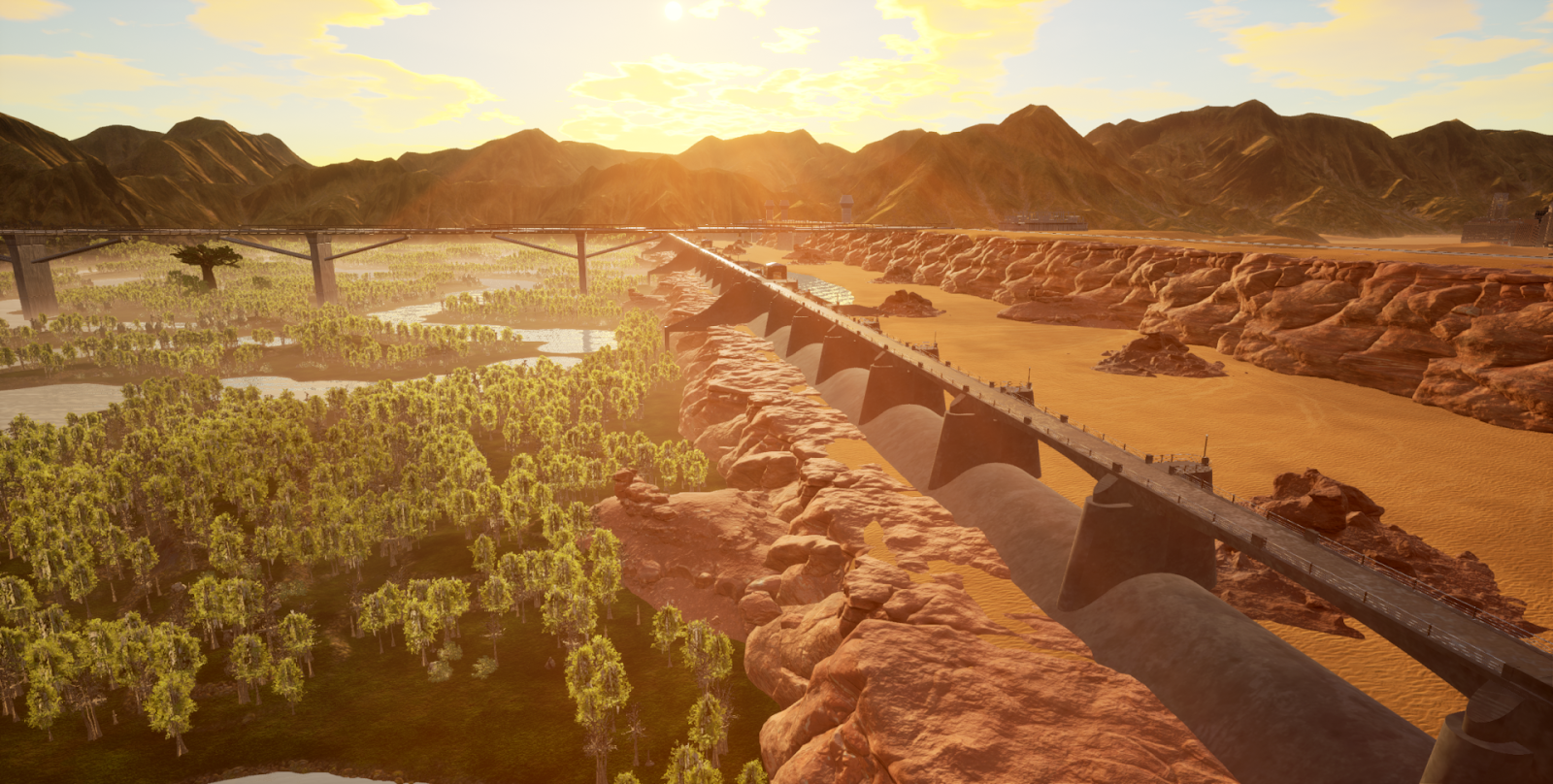
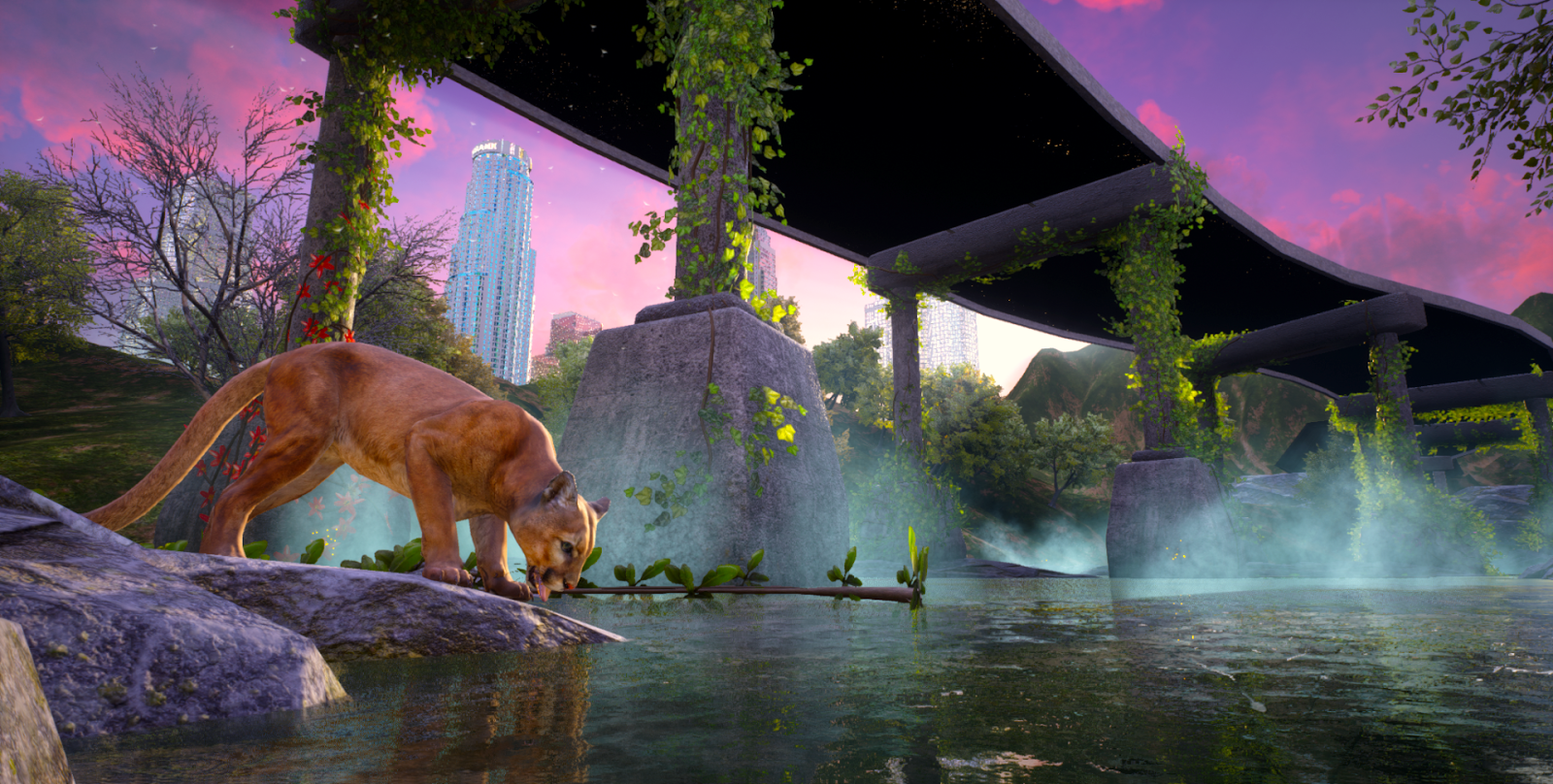

|
|
17’40”
|
“This fictional company, Aquarius, that appears in the story promoting their flagship product, H3O, a synthetic water…”
“By creating the sort of like strung out company called Aquarius that’s obsessed with things like the age of Aquarius I kind of wanted to drag Californian hip, strung out kind of hippie, in the vein of early Silicon Valley mythology, a techno-solutionist mythology.
“Aquarius is positioning itself as this sort of awoken spiritual guide into that kind of end of the world but it's also like a product line producing and offering a more sustained alternative to the same history of water imperialism that characterizes the sort of militant creation and development of the State of California as we know it today.
“But then also sort of critique the language and interests in the kind of world-building that you see in some of the art world and in some of the discourses around post-human ecologies… An anthropocentric understanding of ‘hacking nature’, or how we can bypass scarcity by just creating a new product and marketing it as this transcendence from capitalism.”
(Source: private conversation of the author with Alice Bucknell)
|
|
24’58”
|
“Years ago, when elections were still a thing, a Los Angeles politician built his campaign around a promise to paint the concrete channels of the LA River blue in order to make it look more like a river.”
Excerpt from The Alluvials.
|
|
26’57”
|
“I've been doing a lot of drone mapping and LIDAR scanning.”
For those who are less familiar with these terms, ‘drone mapping’ is an umbrella term for different computer vision techniques that use data gathered by an unmanned aerial vehicle to create 2D representations, 3D data maps, models, and other outputs. LIDAR is a space surveying method that measures the distance to a target by illuminating that target with a pulsed laser light, and measuring the reflected pulses with a sensor. The differences in the amount of time it takes for the laser to return, and also in the wavelengths, are then used to make digital 3D-representations of the target.
At the moment these technologies of vision lie at the threshold between two technically similar, but aesthetically distinct cultural processes: the augmentation of human vision and the emergence of a vast apparatus of sensing technologies, sometimes operating autonomously and often interconnected through interfaces.
The scope of more-than-human sensing technologies can be merely instrumental - as in observing land or tracking the movement of animals, for instance - or broader, turning computer vision into an increasingly autonomous epistemic and operational force in the world.
According to scholar Jussi Parikka, operational images is “a concept that first emerged in Harun Farocki’s audiovisual work (films and video installations) and writings. The often-voiced but almost as often insufficiently developed definition is simple, and it is already somewhat evident in the term itself: there are some images that primarily operate; they are not necessarily representational or pictorial.
“Operational images trouble what an image is, as far as it shifts from representational to nonrepresentational, from the primacy of human perception of bodies, movement, and things to measurement, pattern analysis, navigation, and more. They change the scales and terms of reference. Such images have an epistemic force, while they also are involved in an intervention in the world, whether directly or indirectly. These sorts of images fix epistemic details, but while they hold them in place, they also are mobile in ways that become an essential part of their institutional activity.” (excerpt of the Preface to Jussi Parikka’s Operational Images. From the Visual to the Invisual, Minnesota University Press, 2023).
In both the paths mentioned above - the instrumental augmented vision and the epistemically autonomous vision - the humanist centrality of human perspective, both in literal and general sense, shrinks and becomes a by-product of a synthetic sensorium that exchanges data. Or, as artist Trevor Paglen once said, “human visual culture has become a special case of vision, an exception to the rule” (Invisible Images (Your Pictures Are Looking at You), The New Inquiry, 2016).
On computer vision see also:
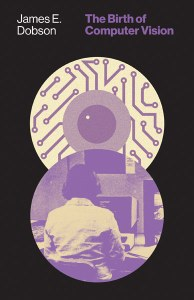 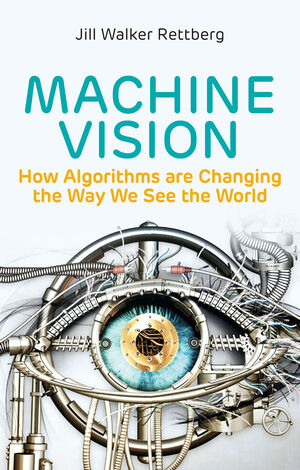
|
|
29’05”
|
“...to break out of the clean, high poly count of the game world”
Polygon (or poly) count refers to the highest number of polygons that can be rendered per single object (or more precisely, wireframe model) in 3D computer graphics. It has been for a long time and still is the predominant way of measuring resolution and overall quality of CGIs, digital environments and game environments.
Is this race to realism the only suitable parameter to describe the ‘quality’ of synthetic representations?
|
|
30’50”
|
“There’s something quite exciting about LARPing, role play for open world games”
LARP stands for live action role-playing game and is usually associated with role-playing where participants physically enact the fictional characters.
The artist collective OMSK developed several experimental practices based on LARPing and crucially evolved them into what they define as RPG or Real Play Game, a blend of collective immersion and speculative worlding.
At the same time, in an ever-complexifying present, where vital reconceptions of history and speculations on the future converge, digital game environments and narratives can respond to the need for critically engaging with the “ongoingness”, as well as imagining alternative worlds as a vital practice.
Could role-playing (or “Real Play Game”) be associated with synthetic environments? What kind of technical and narrative challenges would open-ended games entail?
|
|
33’19”
|
“I do want to be led off the path, like I do want to be led astray a bit”
“Historically, I've approached failure in predictive technologies primarily through language models. Because, of course, language is the ultimate mapping project, really. It's not as obvious as cartography or GIS data systems, or as any other rendered version of reality, but essentially it's doing the same thing: it's trying to index a world in order to take control over that system, like over that world.
“Language is a tactic and a technique that people have used in colonial endeavors throughout history as a way of detecting and defining the world: this is how it operates, this is our role in it, etc. A sort of top-down translucent operating system for it to function. And I do think that maybe to stab that system in its heart would be an effective strategy. To explode language basically, and its power of representation and domination, and to actually just like break all of it apart.
I like to explore ways in which you can work with language models and AI models specifically in order to pollute or disrupt or corrode your own understanding of language and what it's capable of, and even what it looks like. That is for me a really exciting way of working with synthetic technologies”.
(Source: private conversation of the author with Alice Bucknell)
|
| |
|
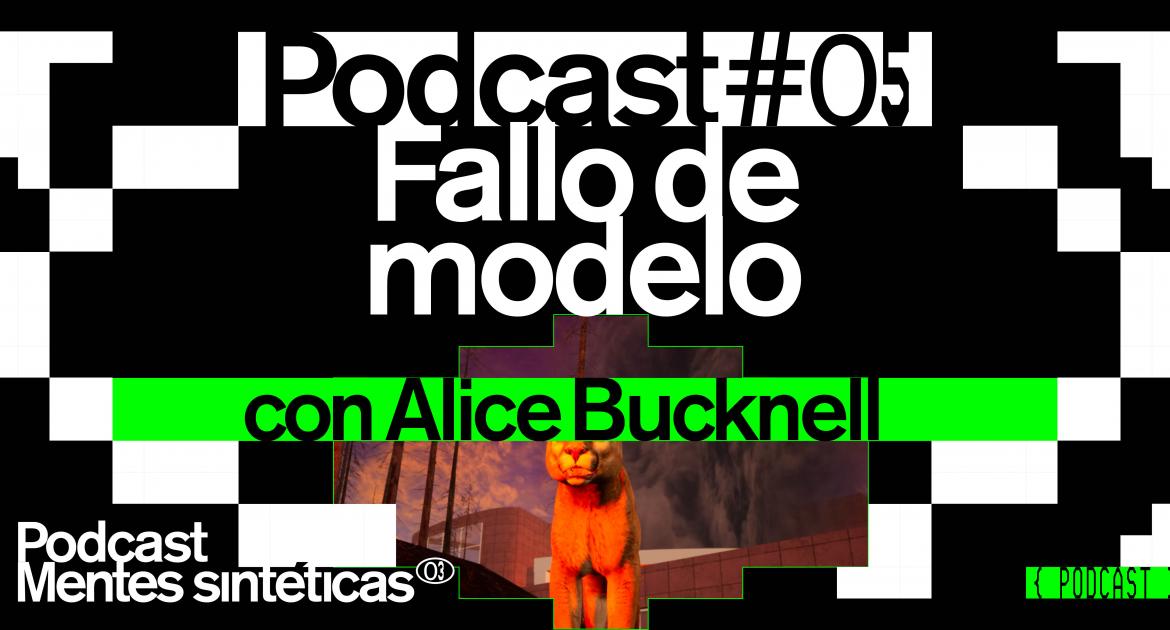



 Medialab-Matadero Madrid
Medialab-Matadero Madrid